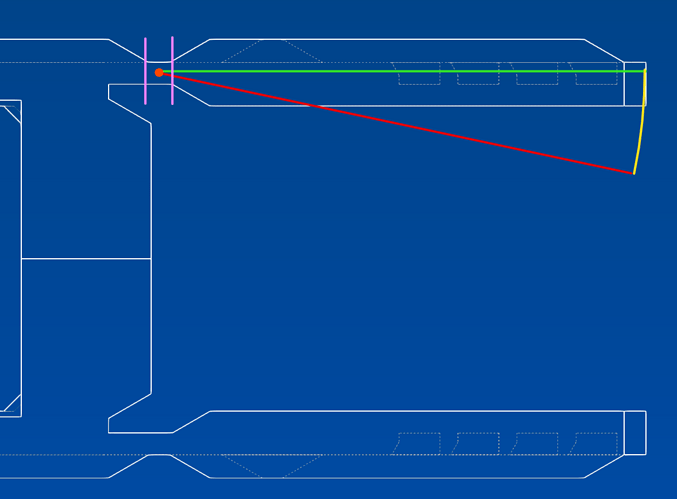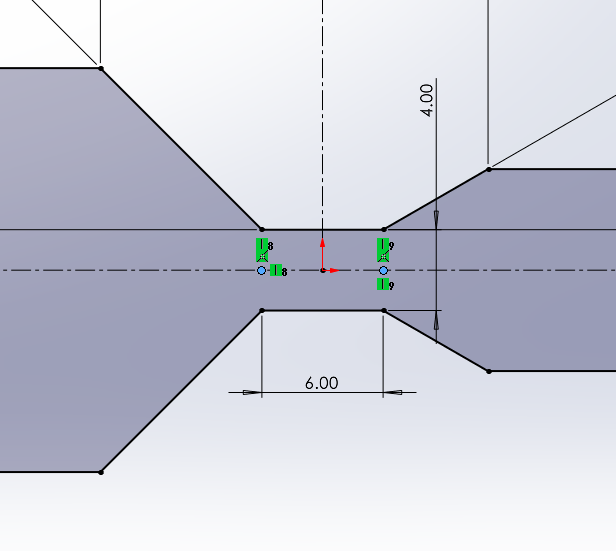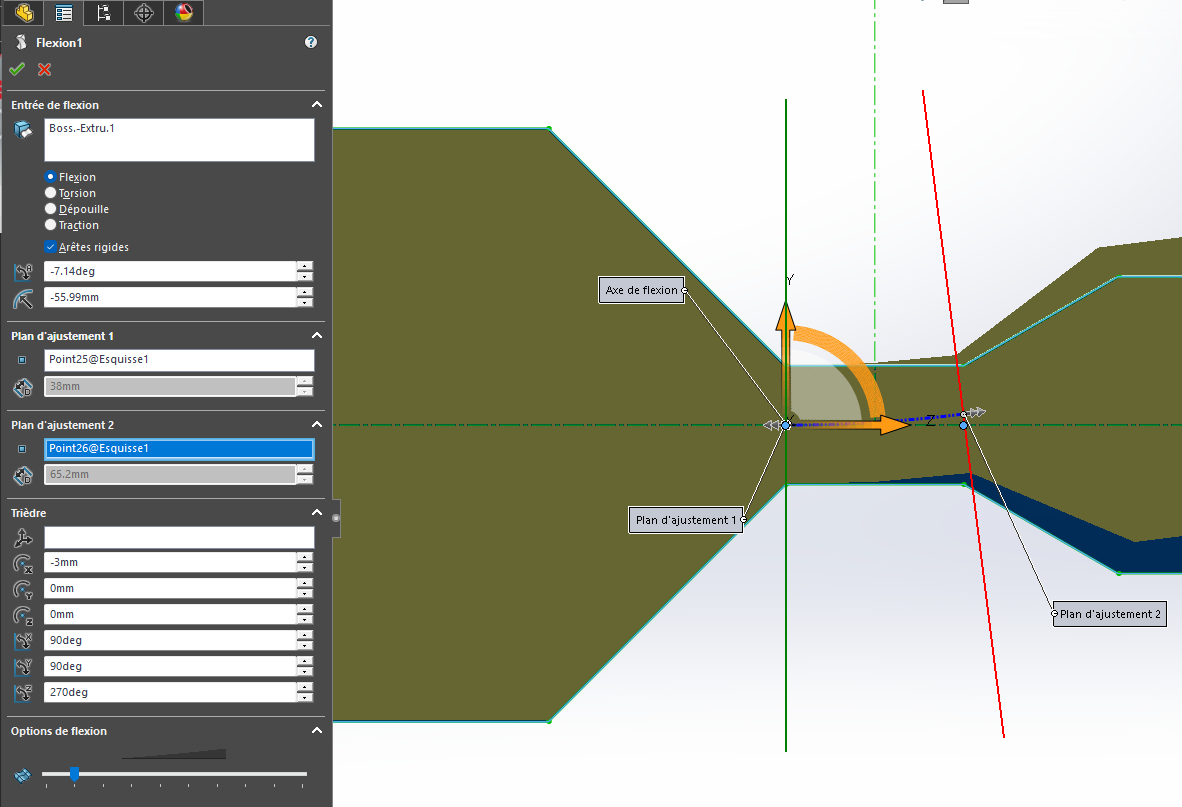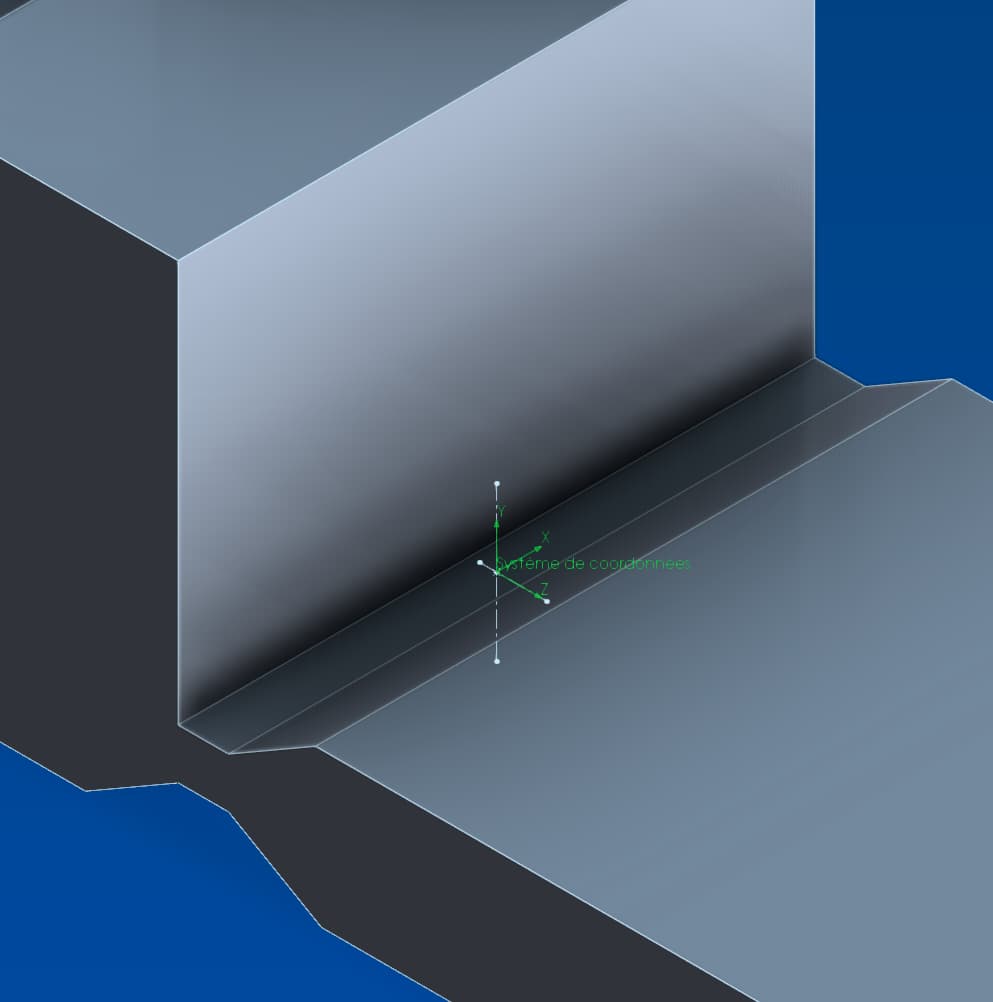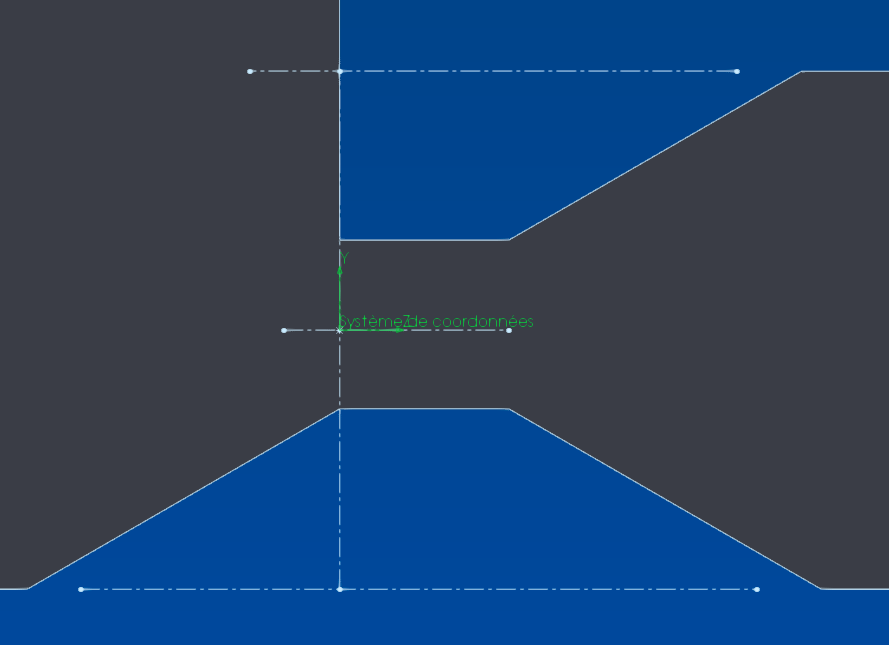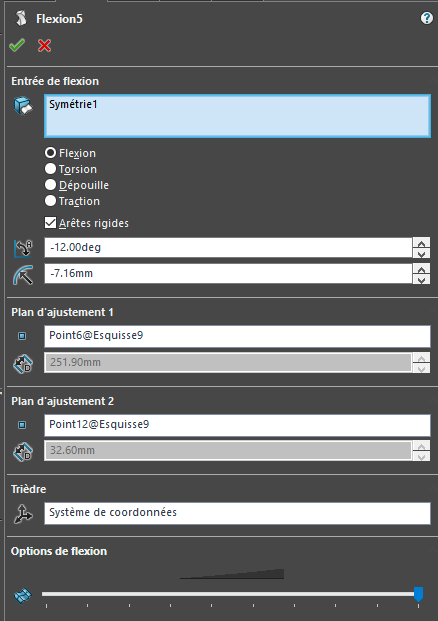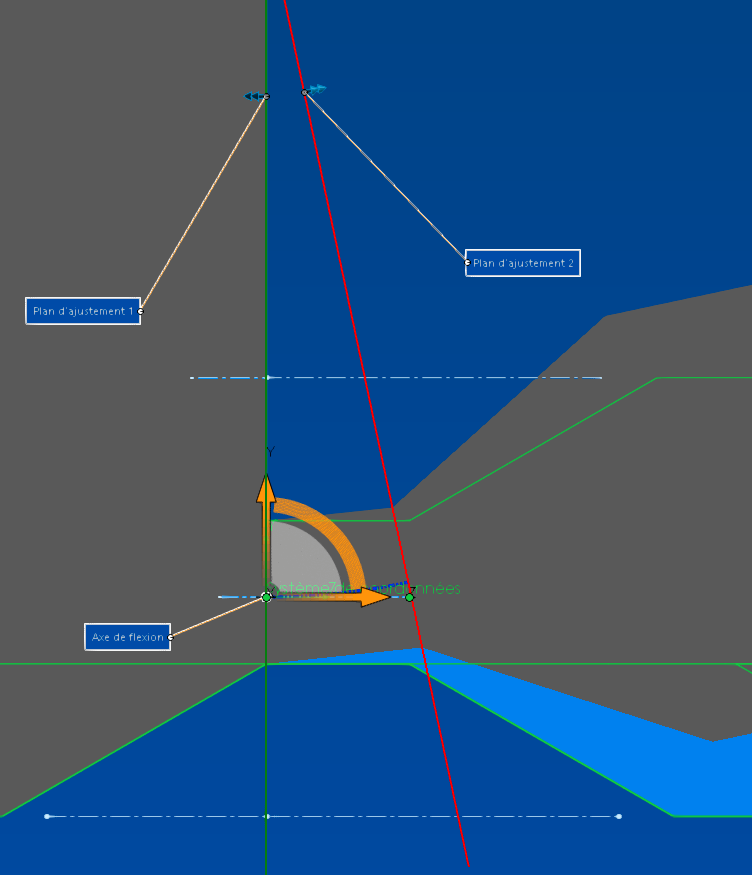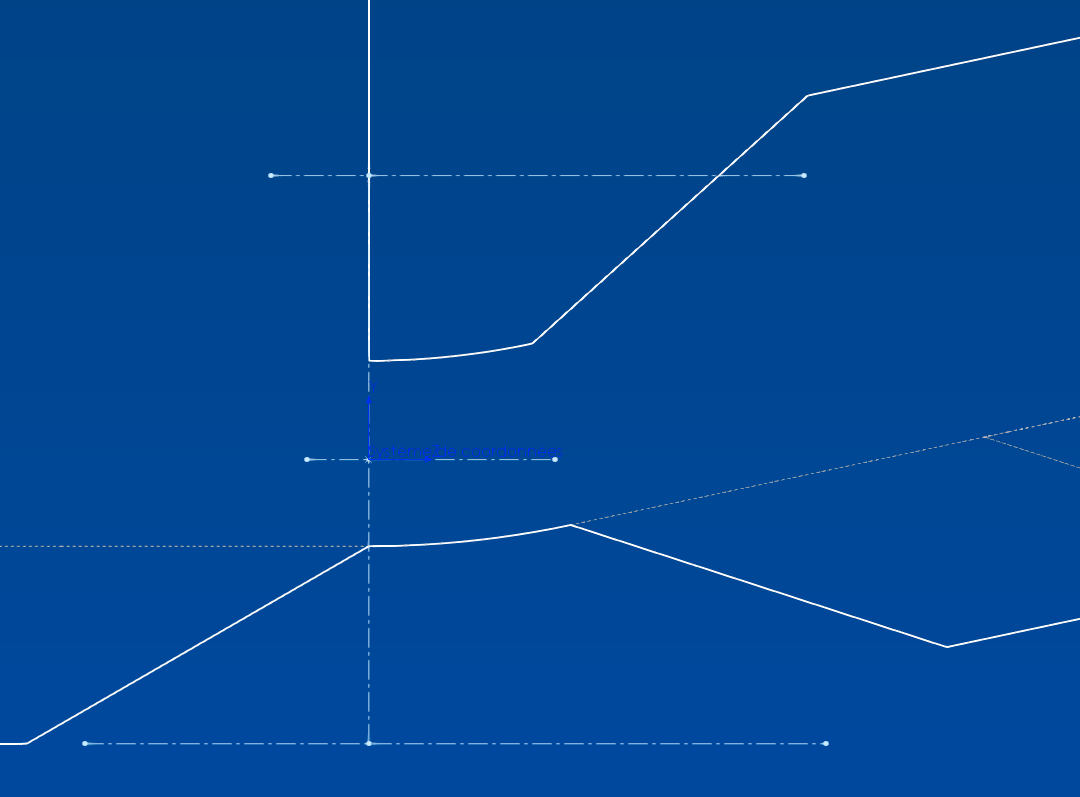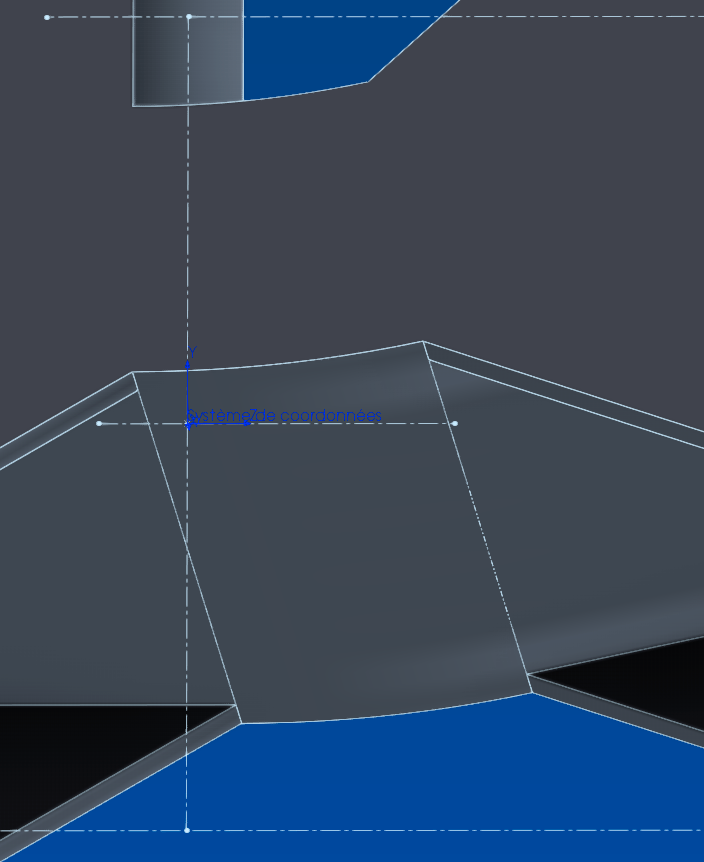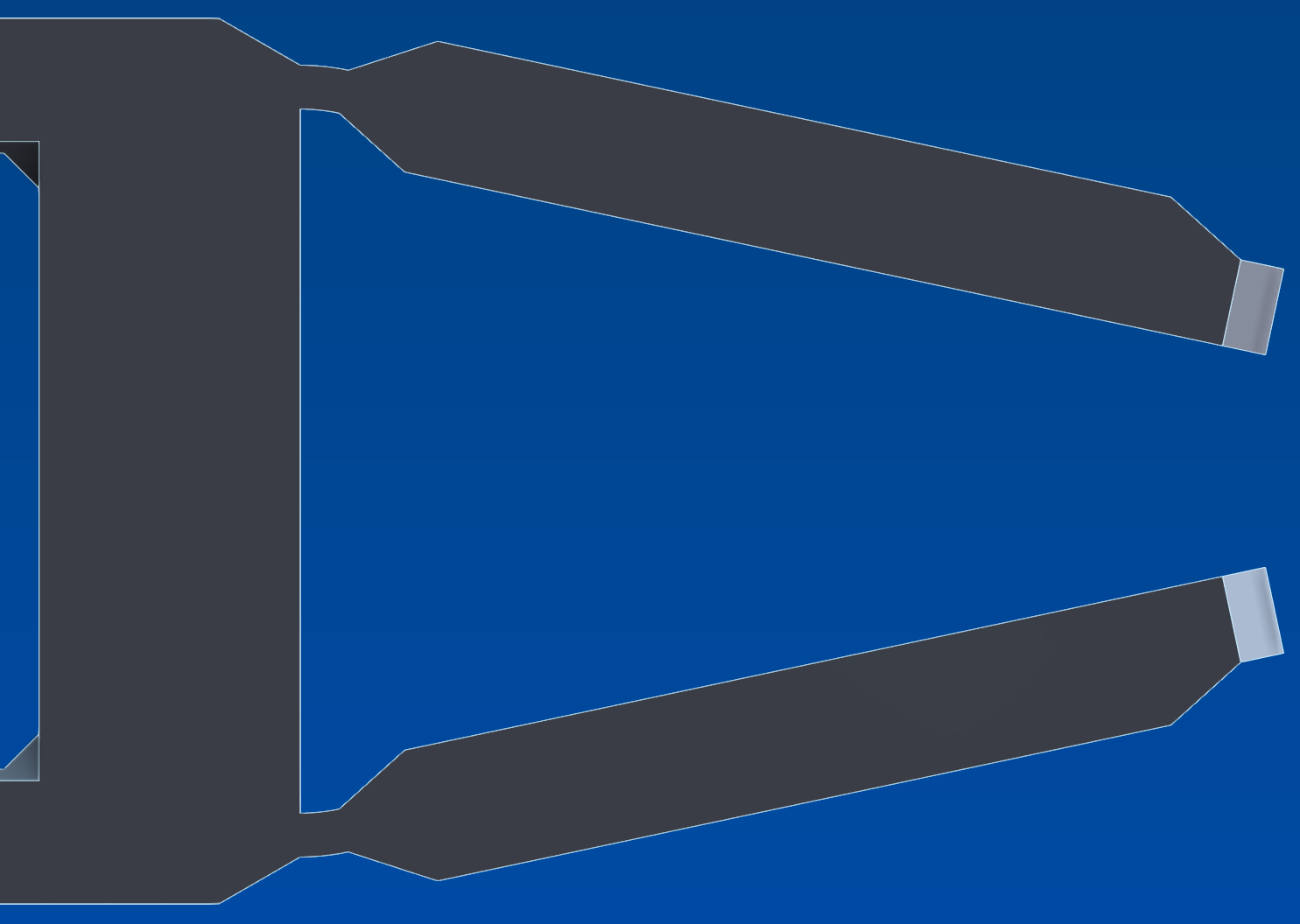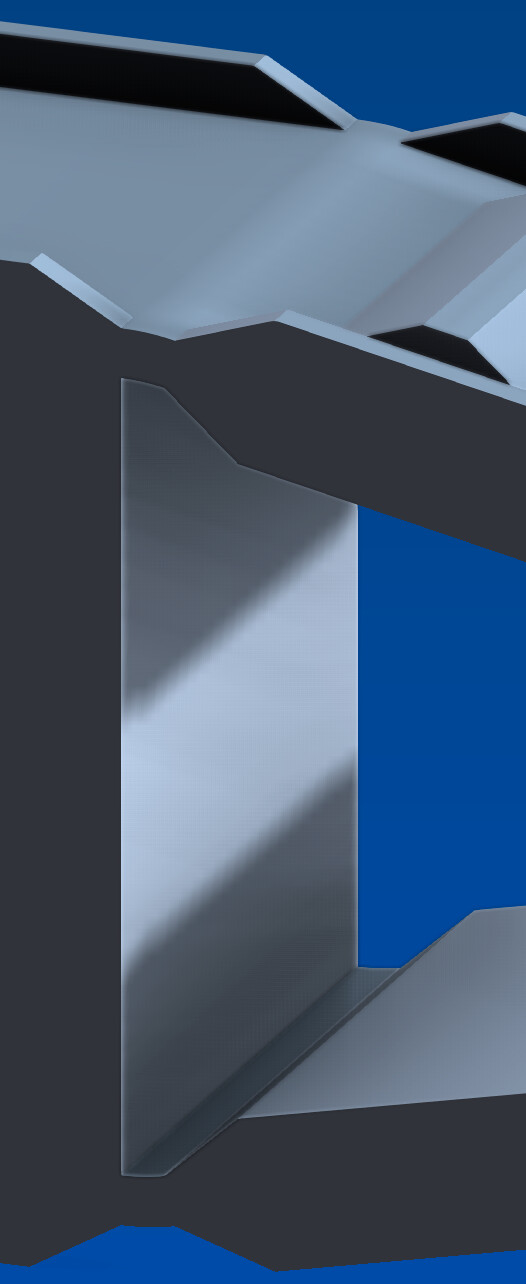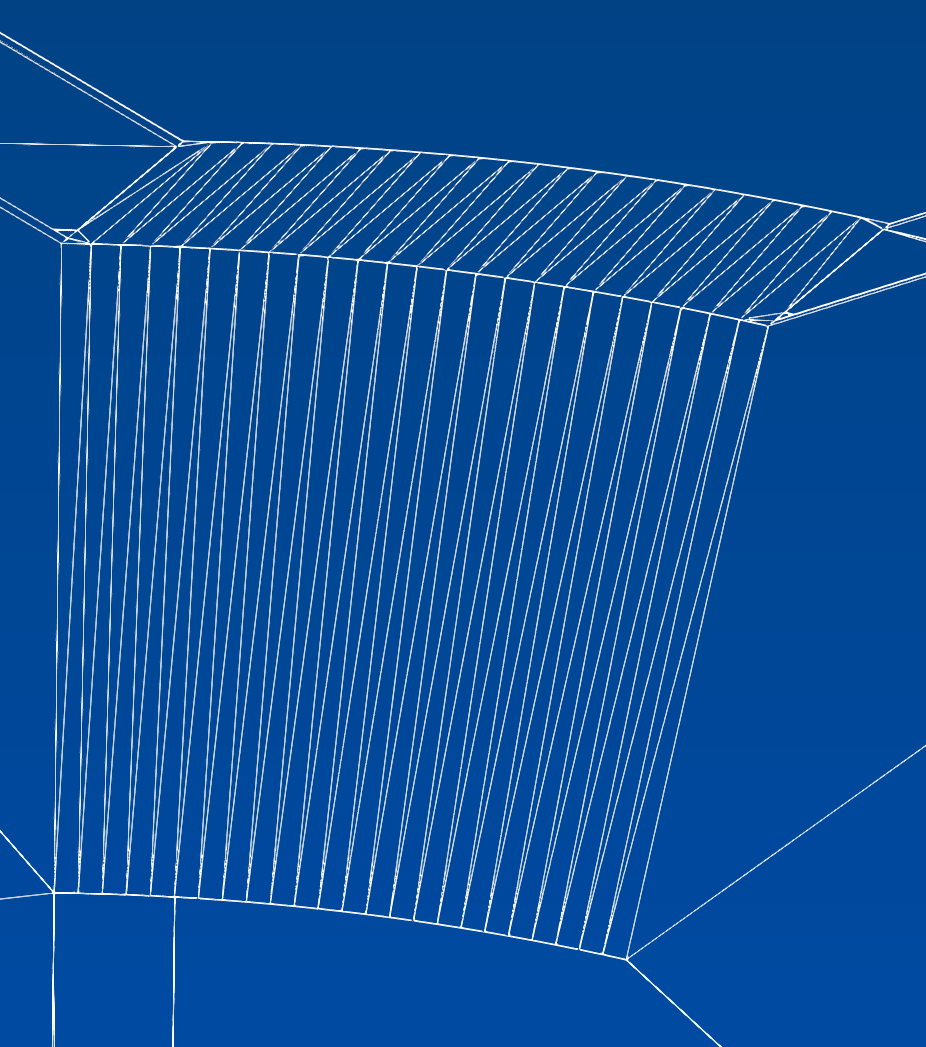Hello @m_blt
The problem is not so much to understand the function as to make it do what it is supposed to do.
Instead of placing 2 points I just moved the adjustment planes via their value, so when in doubt I used points but no better.
There are several problems with this feature:
The dimensions of the adjustment planes and their center are not editable, they remain in the middle of the volume, while it is higher that I want to fold it:
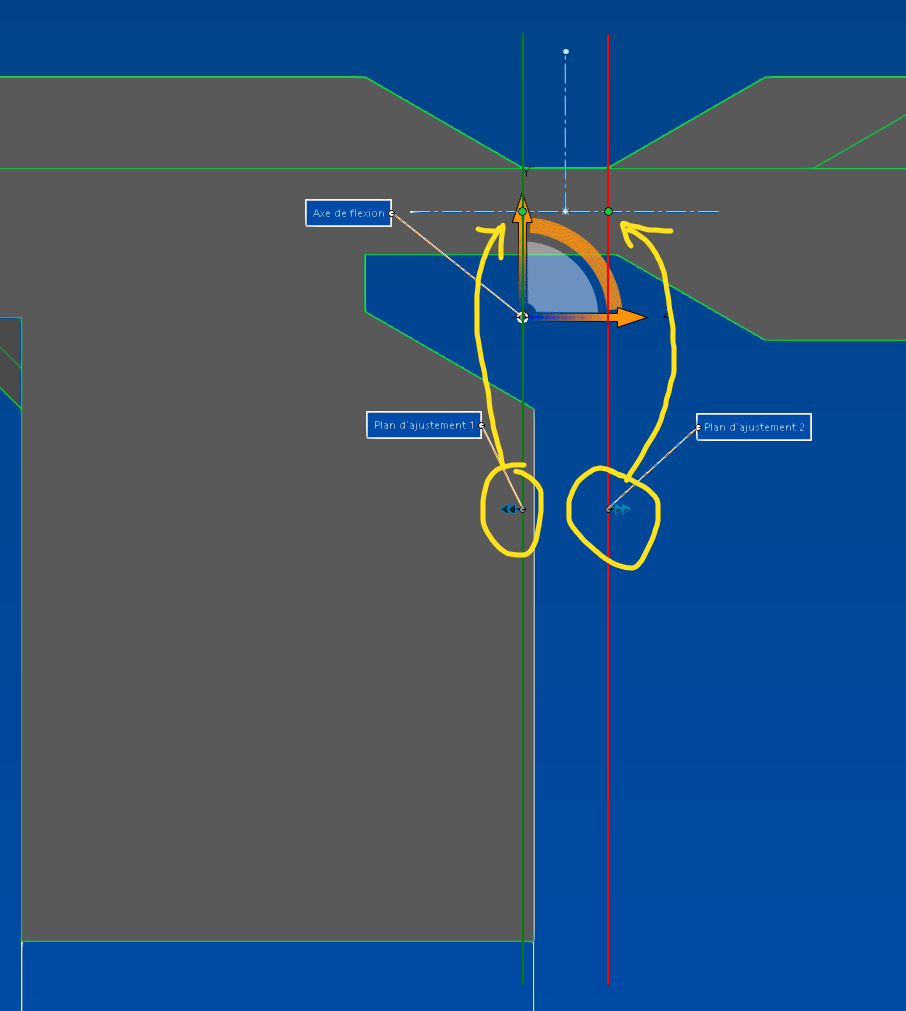
(I know what you're thinking when you see this drawing, but not  even if it illustrates the path my baloches take with this function...)
even if it illustrates the path my baloches take with this function...)
Which has the consequence of distorting the geometry in places where I don't want to:
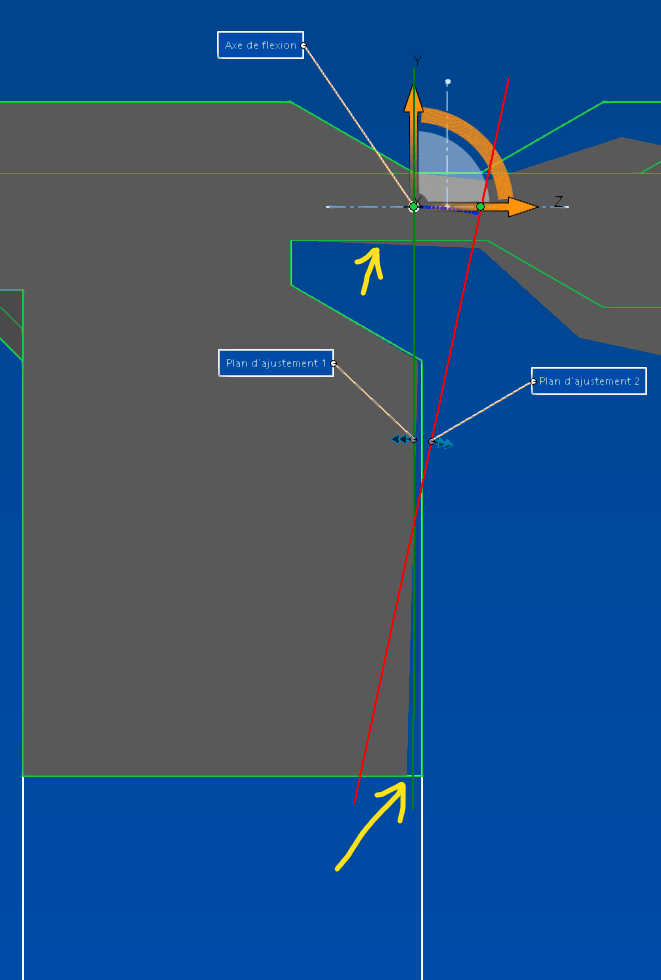
So the walkthrough (or not) to at least not distort these areas is to move the planes to take the bottom part out of the action zone, which already distorts everything, without fixing everything, we see that the bending is always inexact:
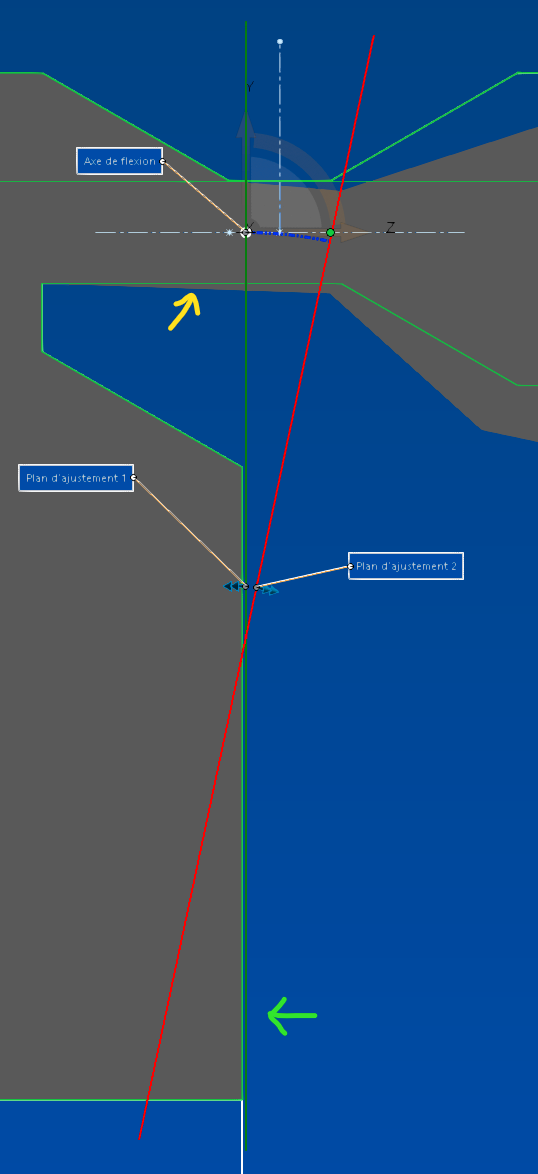
First of all, I don't understand why there are bastard angles in x and z when the part is square:

In short, if I validate this with the rigid edges it's not as bad as what I had before, but not great either:
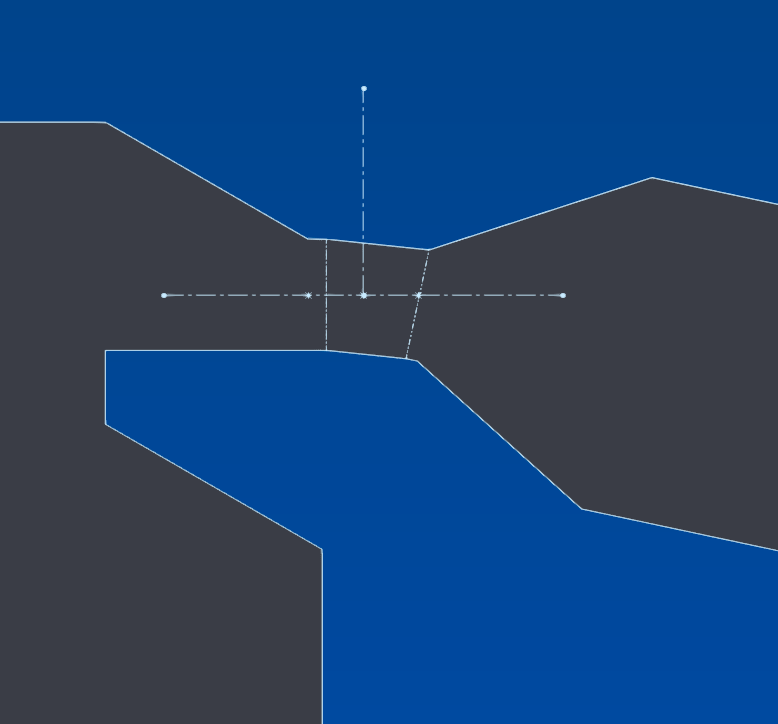
If I validate without rigid edges, it's not as bad but not great either:

At least if you look at it from the side, because in reality, it's as if only the sides were deformed in smooth mode,
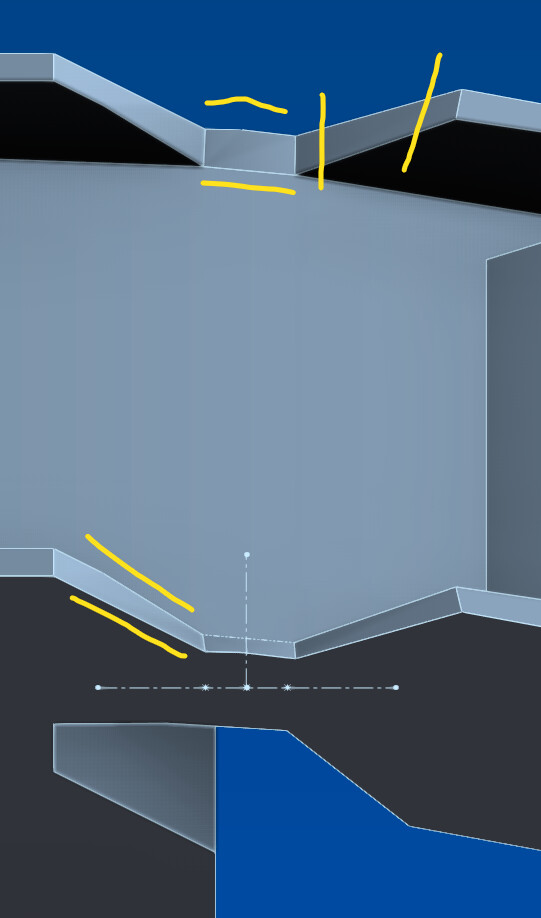
As a bonus, the bending extends well beyond the limits, and all this despite a so-called maximum bending precision:

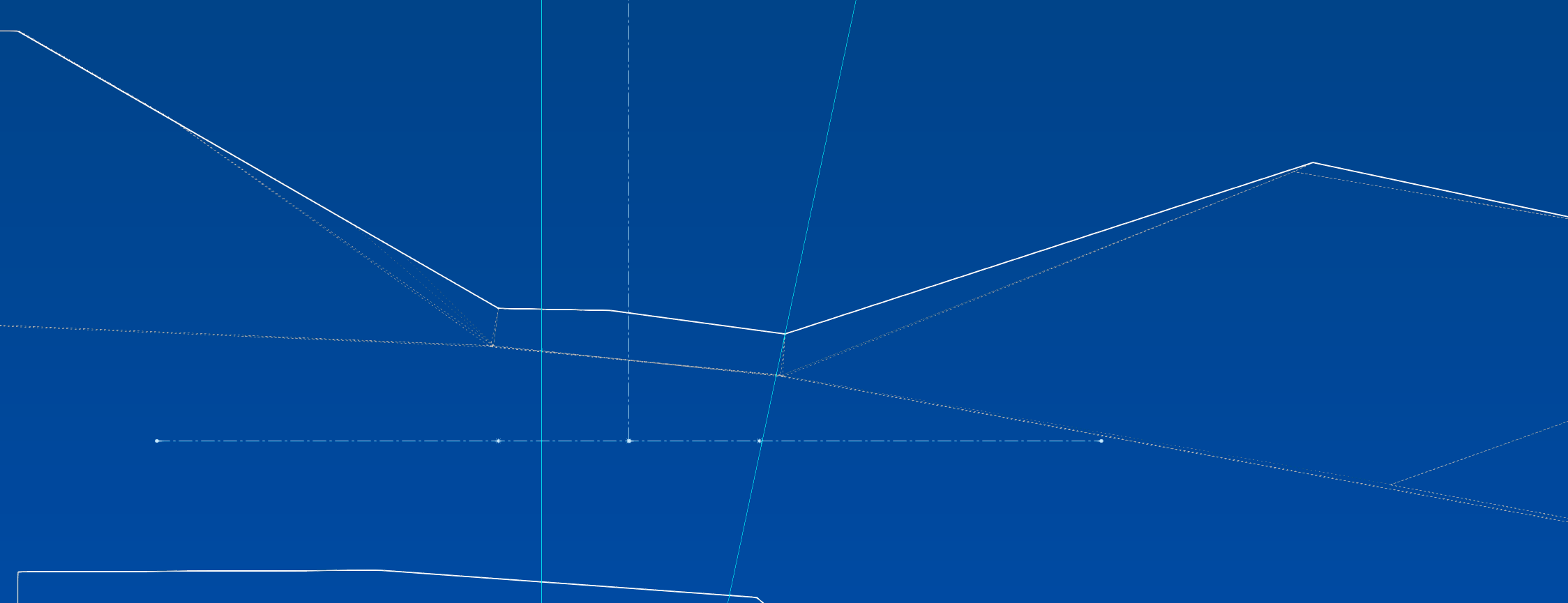
And it has an impact on the entire length of the piece; The inner faces (in dotted lines) are no longer parallel at all, which prevents these faces from being used in the assembly constraints:
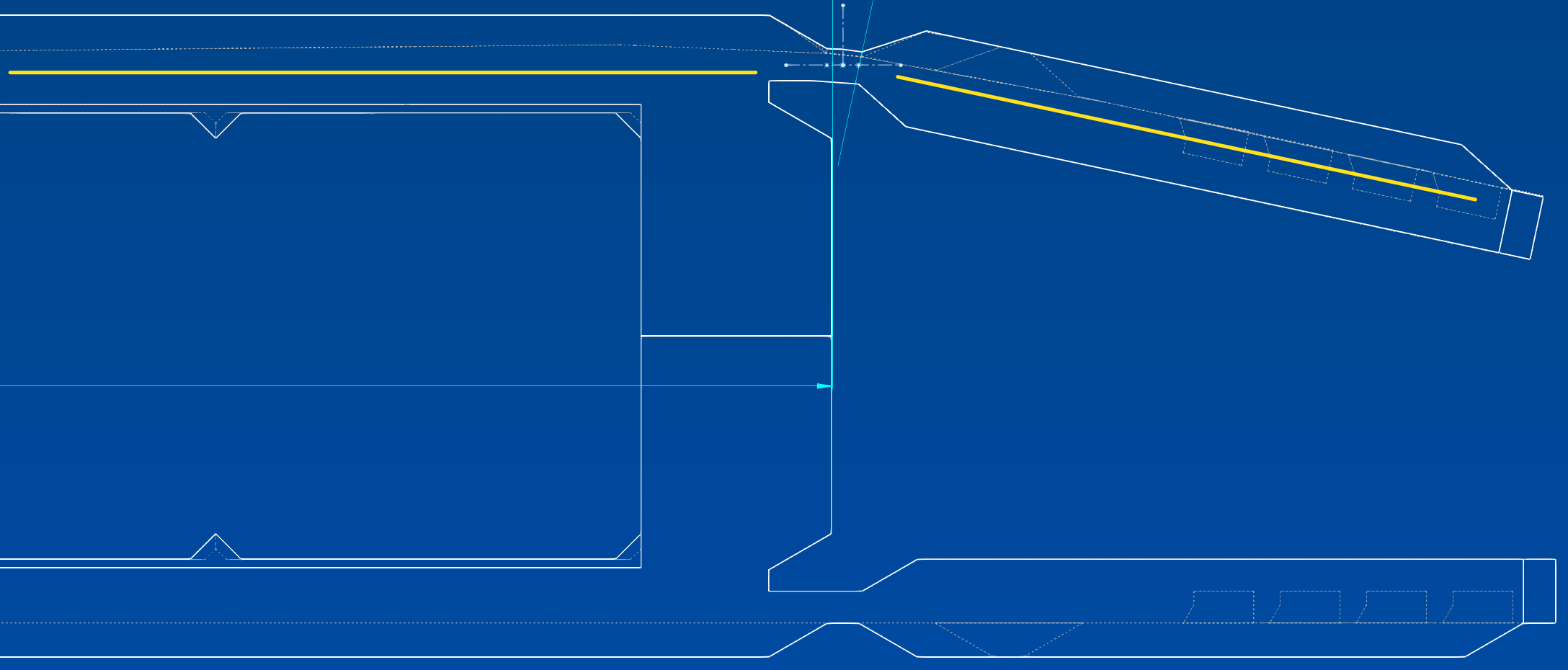
In the daubé genre it is there, and well there. And it's not over...
If I look from the right plane, all the axes seem to be well aligned:
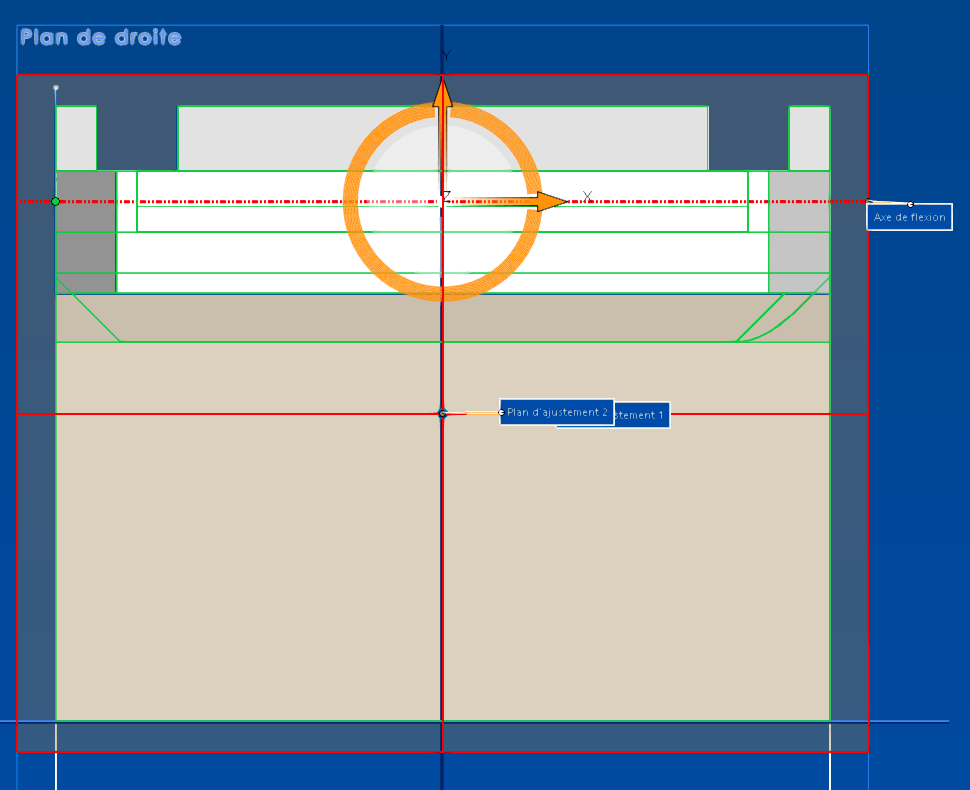
When in fact, far from it! If we get closer...:
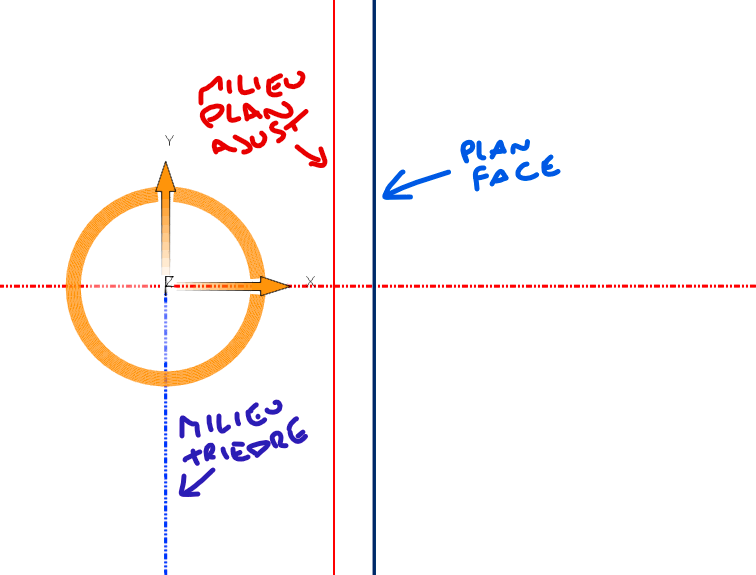
The thing is that the trihedron and therefore the bending axis is placed on the center of mass:
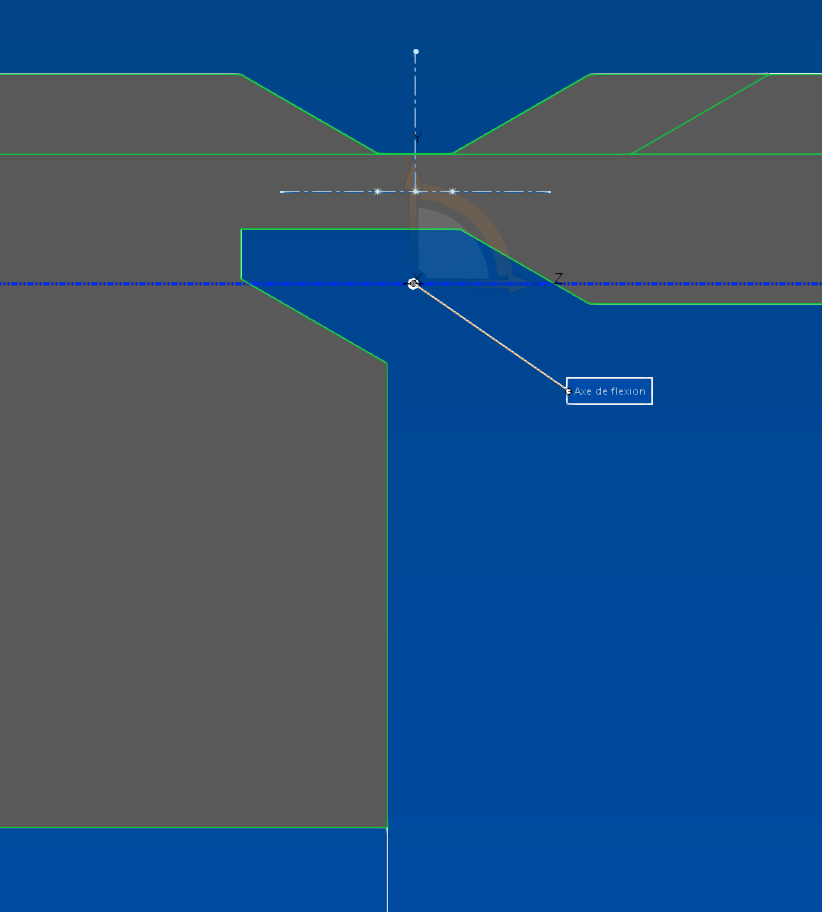
And if to regain balance I remove a leave that I had only on one side, all the axes are well aligned:
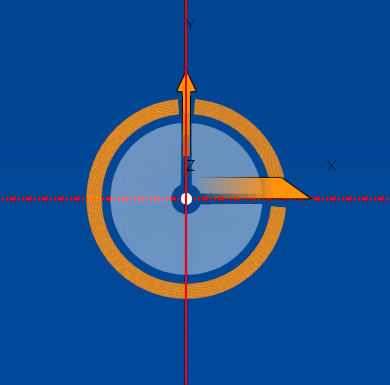
No pun intended, it lacks flexibility as it works.
The least worst solution (or not) is to cross the adjustment planes in the center of the area to be folded. Well, almost in the center because impossible:
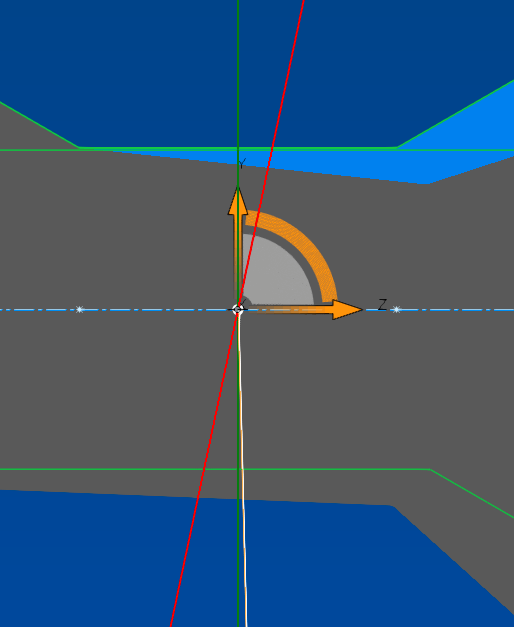
Very far from being perfect but at least the deformations are much less obvious and spread less over the length of the part:
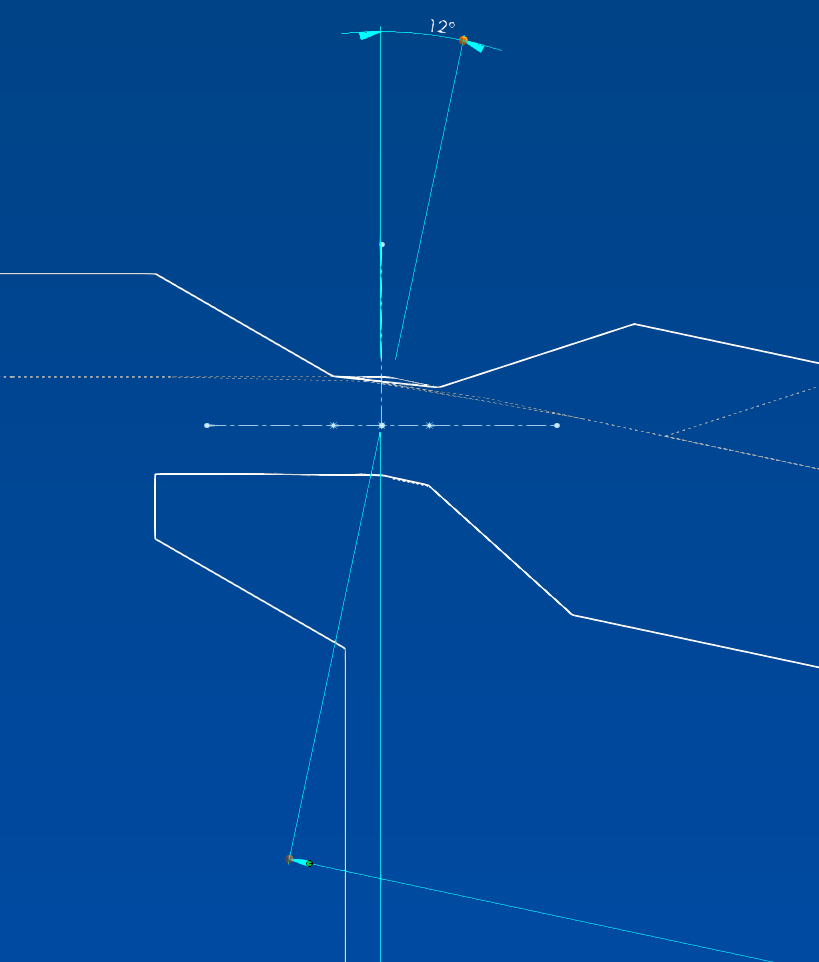
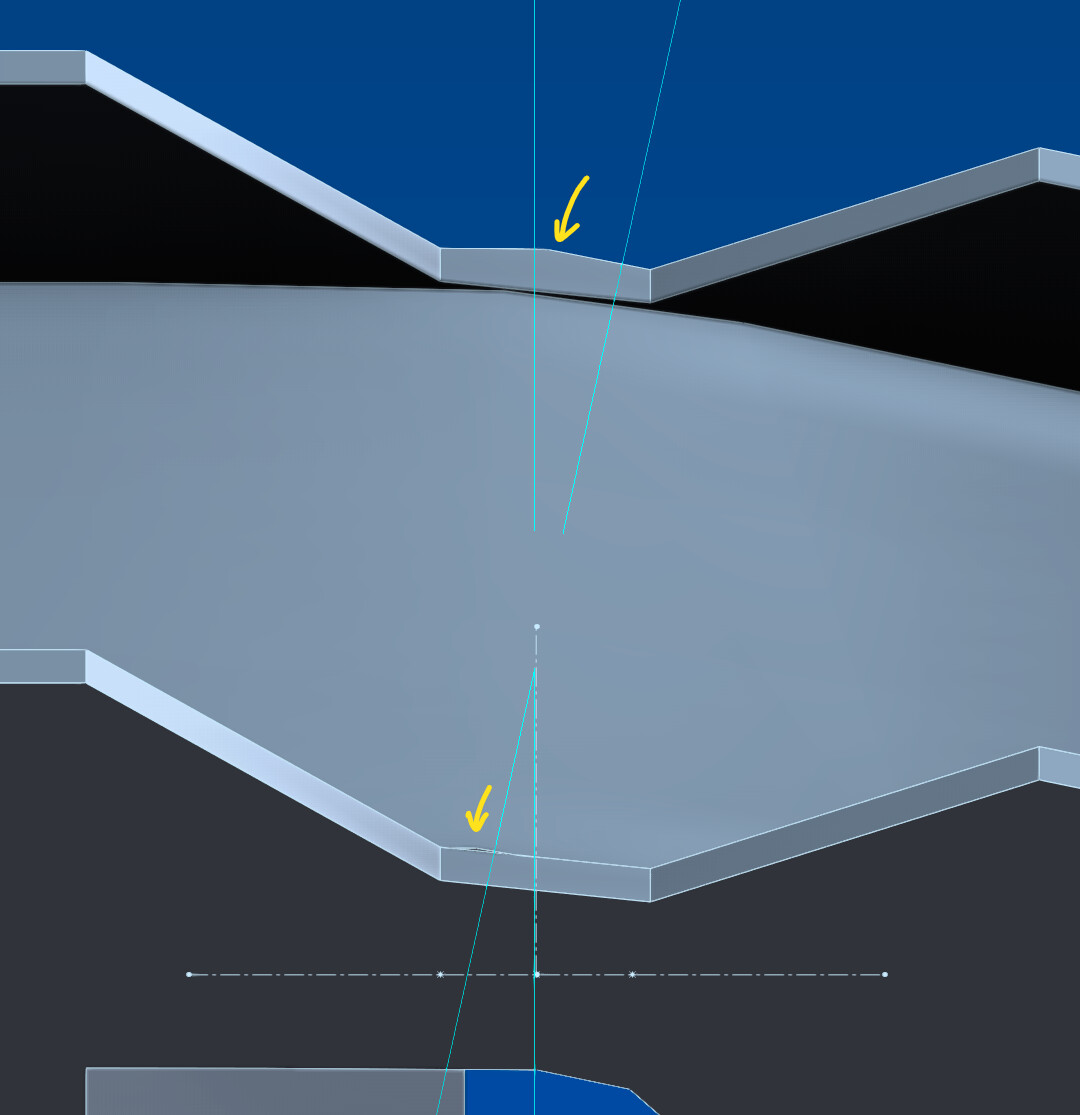
However, it is not satisfactory... It suggests that with a perfect cross these remnants would disappear, but since that's not possible...
By bringing the crossing point even closer, I manage to eliminate the bottom defect, but the bending remains asymmetrical, with a crease at the top and not at the bottom:

Finally... until I increase the image quality of the document to the fullest:
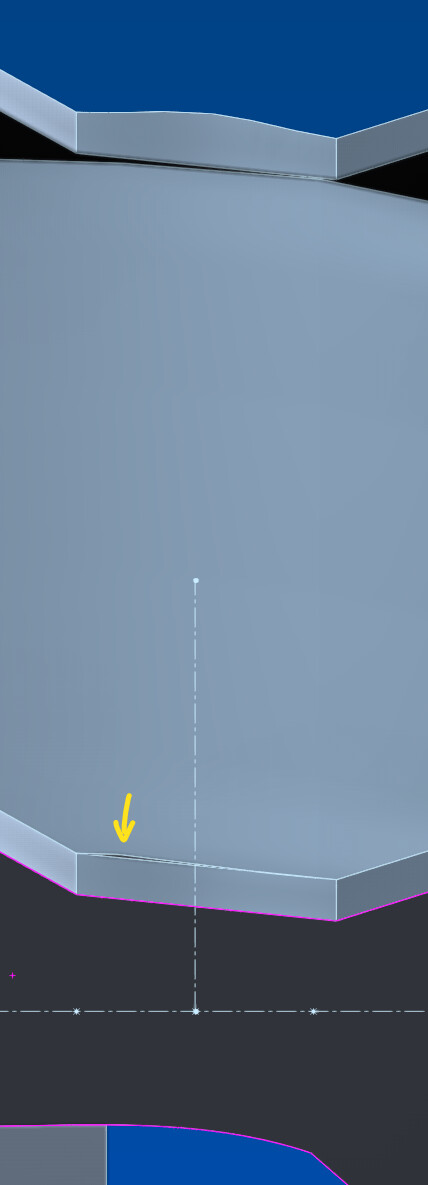
The least worst is with rigid edges, but still asymmetrical, flat in front, folded behind:
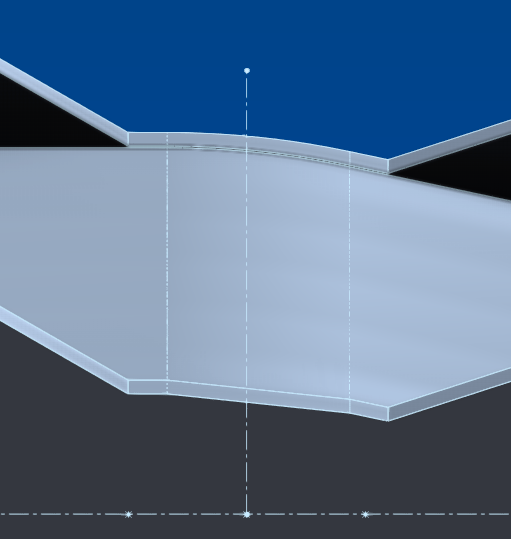
and underneath it's the opposite, folded in front, flat behind:
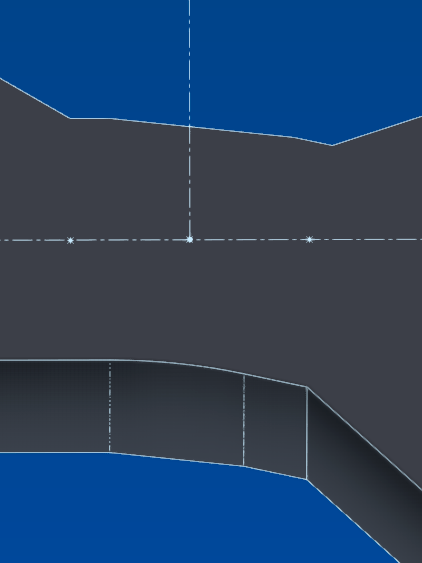
So I think maybe it's just a rendering problem, but when I export it, if one part of the topology can be seen becoming curved, another part remains flat:

Enough to drive you crazy...
The craziest thing is that testing the export to see the topology debugged the display which is now compliant with the topo:

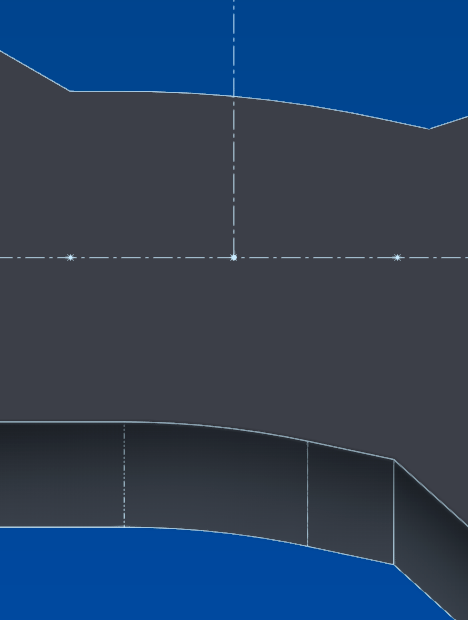
Finally... until I refresh the viewport...
The area to be folded is only 1.5mm so obviously with the degree of precision of the function it doesn't help:

Anyway, I'll stop the carnage here, it's s**t. I won't make it like that.
The only way to get something out of it would perhaps be to separate the part to be deformed from the rest of the volume so that all the axes are already aligned with the center of the area to be bent, which implies merging the bodies only after bending... (edit: actually not even). You talk about a solution and a simplification of things...
I'm in 2020 but the most distressing thing is that I'm sure that nothing has changed since then and that it's still the same m#$rde on the 2025... thank you DS!
